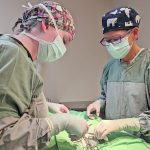Communities struggle to find solutions to the problems caused by people dropping off unwanted animals in rural areas
Talk to most rural residents about abandoned animals found on or near their properties and you’ll get an earful about pot-bellied pigs, unwanted roosters, wandering domestic rabbits, even a fish — complete with tank — dropped on the side of the road. Cats, however, top the list of abandoned animals. “Cats have always been a […] Read moreStories by Freelance writer
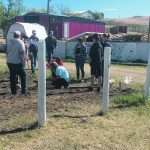
School builds ag focus into curriculum
An Alberta Kindergarten to Grade 12 school puts an agricultural spin on what it teaches by offering hands-on experience
Hands-on experience can be mind-changing for aspiring young agrarians. To that end, Altario Agriculture Academy in Altario, Alta., has been building a farm curriculum into its junior high and high school program for years.
Fungal infections pose increasing risk to crops

Molecular mechanism links roots to phosphorus
Researchers discover the gene that regulates when roots stop growing, which occurs within hours of a lack of phosphorus
Researchers at Michigan State University have discovered a specific gene that regulates when the roots of a plant stop growing and they have identified this reaction as happening within hours of a lack of phosphorus.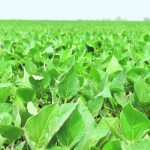
Study tackles photosynthesis at the canopy level
Researchers study the effect of boosting photosynthetic processes at the canopy level and if it could increase yields
Photosynthesis is the process by which plants absorb sunlight, water and carbon dioxide and convert them to oxygen and energy in the form of sugar. It gives plants the means to grow and produce food. A team of scientists from the University of Illinois has modelled a way to improve photosynthesis and increase soybean growth […] Read more
Sask. town hosts filming of new Heritage Minute
Video profiles Mary ‘Bonnie’ Baker, one of 64 Canadian women to play in All-American Girls Professional Baseball League
Historica Canada is bringing the story of Regina’s Mary “Bonnie” Baker to the big screen in an all-new Heritage Minute filmed in Ogema, Sask. Filming took place on June 8-9 with community members filling in as extras and the town providing the venues and accommodations. “Maybe the best and most accommodating location I have ever […] Read more
Sunflower pollen linked to bumble bee health
Researchers have determined that the tiny spines on sunflower pollen grains significantly reduce parasite infection
Sunflowers, along with more than 180,000 different plant species and more than 1,200 crops, rely on insect pollinators that contribute more than $200 billion in annual ecosystem services globally. At the dinner table, one-third of our food is thanks to the role of pollinating insects.
Gene discovered that plays role in triggering fruit growth
Researchers say it’s important to understand this fertilization process because many food crops are derived from flowers
“Understanding this process (of fertilization) is especially important because common food crops such as peanuts, corn, rice and strawberries are all derived from flowers,” said Zhongchi Liu, professor in the department of cell biology and molecular genetics. “Knowing how plants decide to turn part of their flowers into fruit and seed is crucial to agriculture and our food supply.”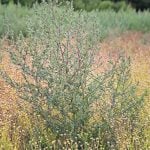
Failed antibiotic repurposed as successful herbicide
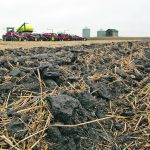
Soil microbes can influence ‘forever chemicals’
Some types of chemicals can leach from fertilizers made from recycled waste with the help of microbial decomposition
The problem with forever chemicals is exactly that — they don’t go away and they persist in the environment. Now, researchers at Drexel University in Philadelphia have found that soil microbes appear to support the release of these chemicals, known as per- and polyfluoroalkyl substances (PFAS), into the environment and across croplands. “What happens is […] Read more
